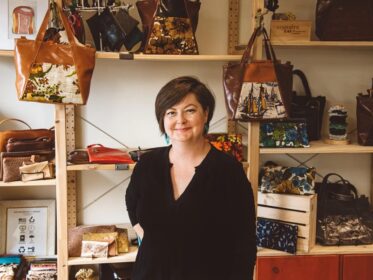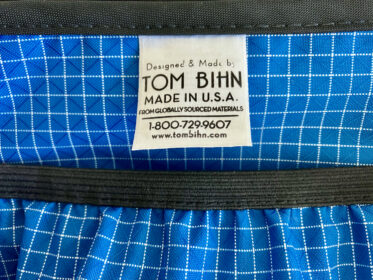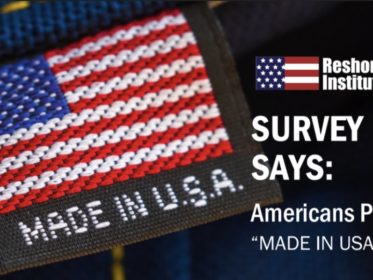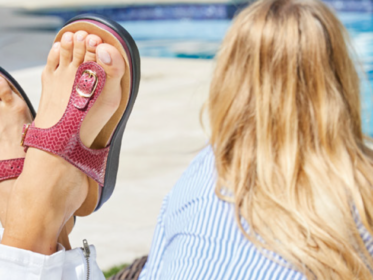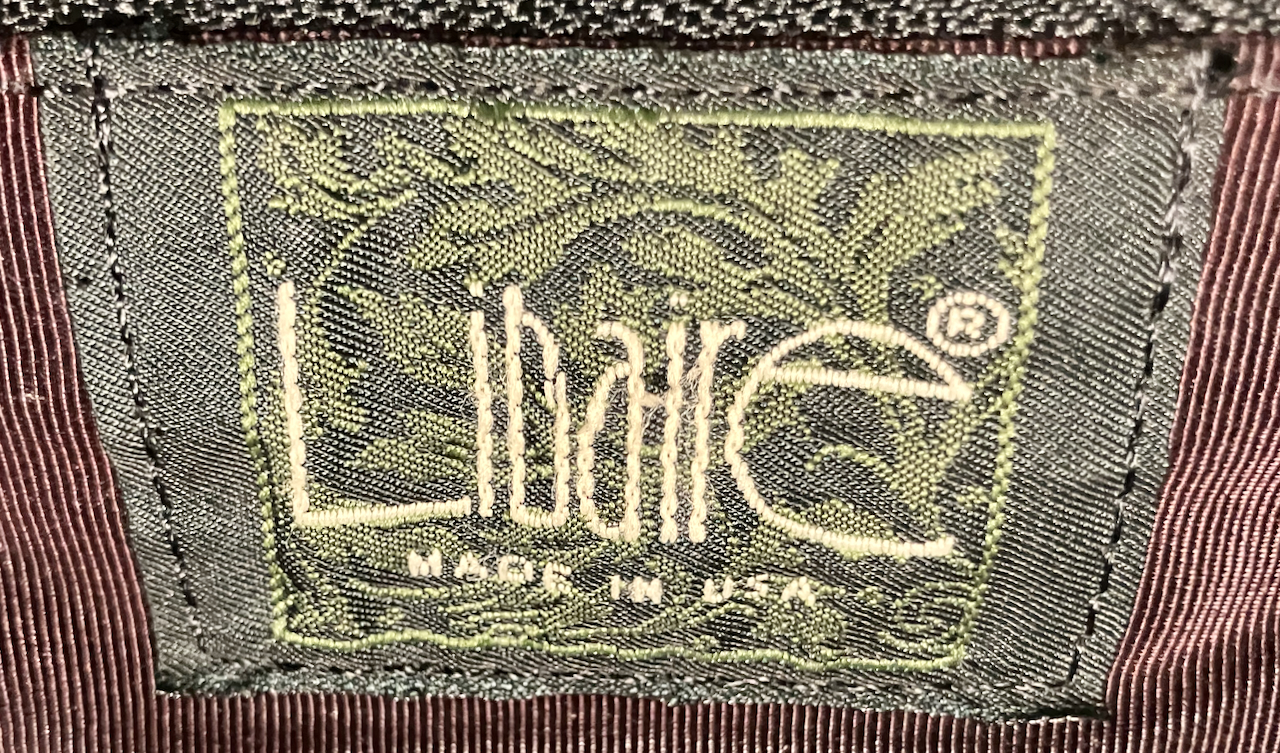
While talking to a colleague about handbags, I commented that I’m not a designer purse type of girl. “Oh yes you are!” she said. “Look at what you carry” — referring to my very old Ferragamo bag.
Ok, she got me — but in my defense, I bought it years ago at a consignment shop at a fraction of the cost of new.
It’s not that I seek out “It bags,” those high-priced leather goods covered in logos and hardware. No. My weakness is understated luxury and excellent craftsmanship.
This weakness is why I purchased a Libaire® leather tote 30 years ago — when the name “Libaire” had zero associations. To me, it was simply a gorgeous bag.
Libaire — “Quietly Famous for over 30 Years”
Peter Libaire, a Swede, was the artistic genius behind the company he started in 1978 — presumably in Berkeley, CA. It was tough to find information; he spent his time making beautiful bags versus marketing and PR.
From what I can piece together based on his old website (found using the Wayback Machine), and Yelp reviews, it appears he had full production team, because he sold his bags through Nordstrom and boutiques, and then online once e-comm became a thing.
His artisan bags were crafted from Swedish leather, the finest and most durable leather in the world. Each one was built with complete attention to quality and detail and incorporated solid brass hardware and a coated nylon lining that didn’t unravel or tear.
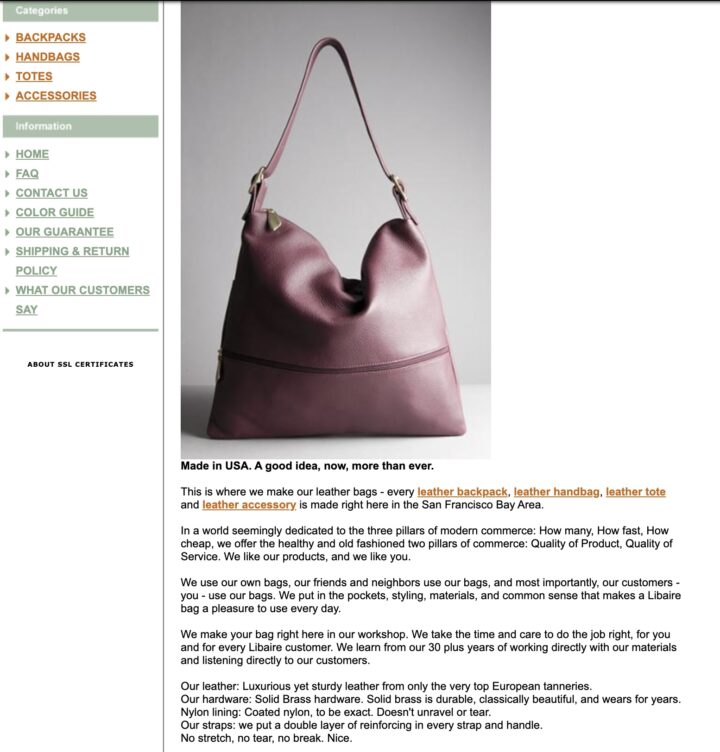
He also emphasized his bags were made in the USA — “A good idea, now, more than ever,” reads his old website home page — which makes me think he was having a hard time competing against the bigger, well-known brands such as Coach®.
Coach, founded in 1941, was a family-owned company in Manhattan that made small leather goods. The Cahns (husband and wife) bought it in 1961. They expanded the brand and began producing the company’s distinctive cowhide purses and briefcases. The Coach name was associated with luxury and superb craftsmanship. The company employed 200 master leather artisans.
When it came time for the Cahns to retire in 1985, and realizing no one in the family wanted to take on running the company, they sold it to Sara Lee for approximately $30M.
If you’re of a certain age, you may remember the old-style Coach brand and speciality stores. I do! The briefcases and bags were very pricey — and in fact, out of my league. I did end up owning one eventually after the sale to Sara Lee and purchased at a factory outlet with credit card points. But by then, the magic was gone. The company had gone mass market; its luxury trademark a bit burnished. I quickly let the bag go.
Today, Coach is part of Tapestry, Inc. a global house of brands that includes Kate Spade New York and Stuart Weitzman. Tapestry trades on the NYSE.
My Libaire tote bag — 30 years strong
I purchased the tote bag shortly after starting my first (and only!) corporate job. I needed a serious wardrobe upgrade that included heels, hose, skirts and yes, a professional handbag.
So, I headed to Nordstrom at the Stanford Shopping Center in Palo Alto, CA.
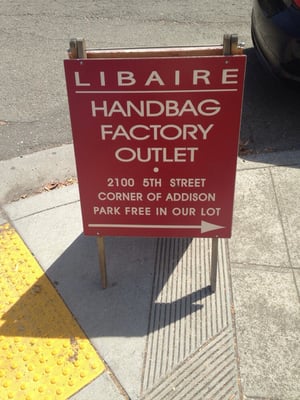
The Nordstrom saleswoman talked me into buying the tote to match the purse. When I hesitated, she said Libaire was a small company and made everything at its Berkeley, CA factory. Having spent the prior seven years working for a woman-owned contract sewing company in Palo Alto, I was “all in” as they say now.
I paid and left the store with my heart racing and my pocketbook gasping from the purchase of two beautiful bags plus sundry career wardrobe items.
I don’t know what happened to the purse, but I kept the tote bag, and that’s because I’ve carried it everywhere: from client meetings, factory tours, and photoshoots to road trips and my son’s sporting and school events.
It’s the perfect carry-on for flights as it holds everything, including a laptop and iPad, books, food, water, etc. Its official name, “Soft Legal Tote,” is apt as it easily squashes under the seat in front!
So of course, it went with me to New Zealand in 2015, when I visited our web designer, Rachel Cunliffe.
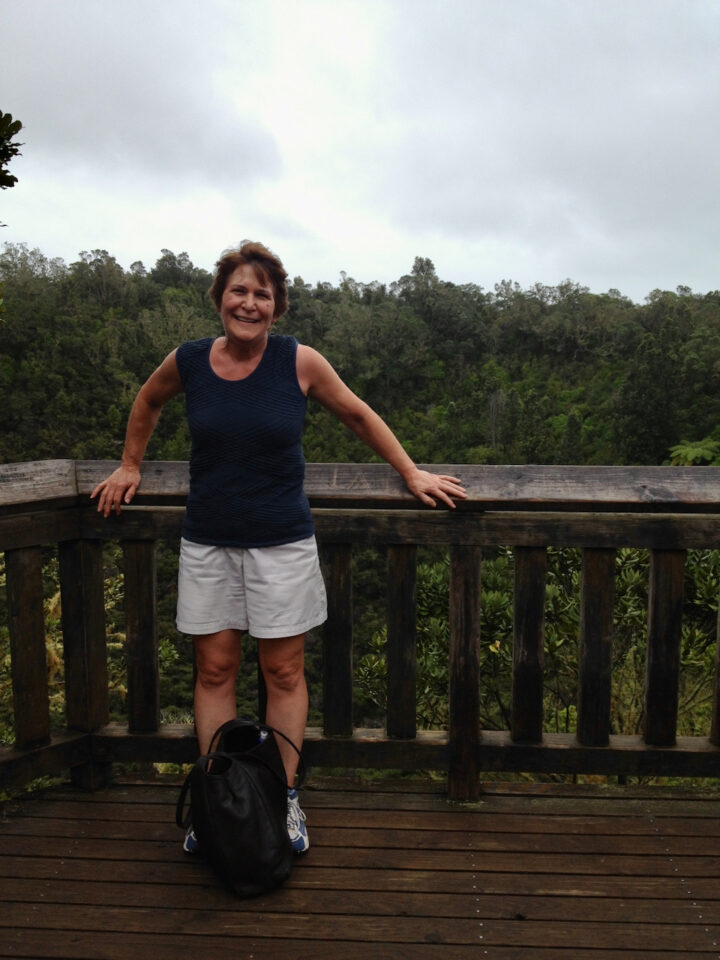
Each morning Rachel packed a lunch (same as what her children got), which I tucked into my tote, along with a sweater, bottles of water, and my guide book. I spent several days exploring Auckland and took the ferry to Rangitoto Island — an active volcano located off the coast of the city. Once you arrive on the island, you can follow a trail to the top of the volcano.
That was a seriously good hike, but made more difficult because I was carrying this tote bag with my lunch and other stuff.
A nice person took the photo at the platform near the top of the volcano; you can see my Libaire bag at my feet. I still can’t believe I did the hike with it.
Upon arrival in Auckland, windblown and sweaty, I made my way to the Ritz for afternoon tea. “Tea for one,” I said to the maître d’.
“Does Madame have a reservation?” he asked.
“Does Madame require one?” I asked. “No Madame, right this way.”
I remember walking through the lounge feeling embarrassed because I was underdressed compared to the women in their afternoon tea outfits.
It was an exquisite tea — even in my shorts and sneakers. And, now I know I was perfectly dressed because I had my Libaire bag.
Highest quality handcrafted leather bags
All these years I’ve carried this bag, yet had no idea I was carrying a treasure. In fact, I took it for granted. It has held up incredibly well — and still looks so good that I didn’t think about replacing it.
When I purchased my new laptop earlier this year, however, I took a second look and thought, “Mmmmm — this bag is a little tired. Maybe I should think about getting a canvas laptop bag,” which is how I ended up with one from Tom Bihn (see link to post below).
A Libaire bag exudes understated quality. At a time when Coach was expanding — and everyone was carrying the distinctive bags (along with the little Coach tag hanging off the purse strap) — the Libaire bags had zero markings.
The only way you could tell someone had a Libaire was because you were a fan and recognized the soft pebbled leather (which women loved), or you caught a glimpse of the brass zipper tab and the engraved company name.
Peter Libaire retired in 2016 and closed up shop — much to the consternation of his customers and fans. Libaire bags are now collectors items on Poshmark, eBay, and other sites. Women continue to rave about them!
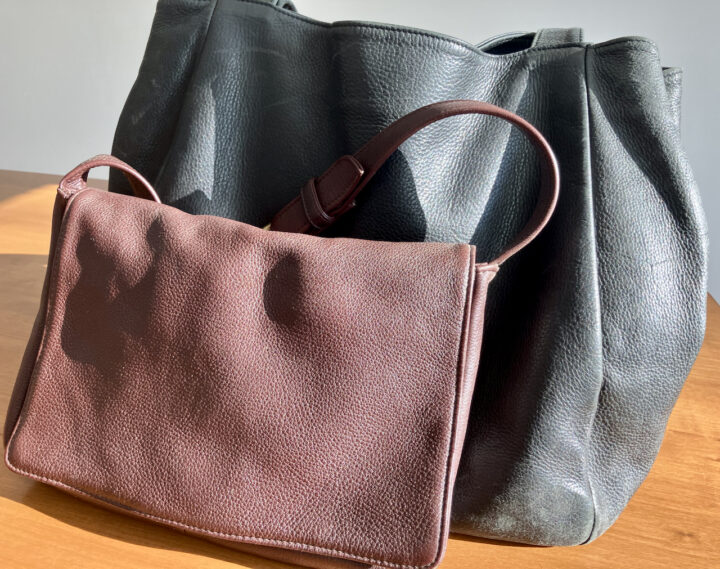
As you can see in the photo, my tote bag looks pretty good considering where it’s been and how I’ve used it all these years.
After going through it inside and out while working on this post, I realized the lining had finally started to tear after all the abuse I’ve given it. I took it in for repair; even the tailor said, “Wow, this is a wonderful bag.” Me: “I know. Can you fix it?”
I found the Libaire purse in the photo on Poshmark; it’s the same one I bought in 1995 from Nordstrom, except it’s brown rather than black. It’s in mint condition.
It feels good to own a small piece of American fashion history — and that these wonderful bags were made in Berkeley, a city located in the San Francisco Bay Area where I grew up. (Berkeley is also where I discovered the original Peet’s Coffee cafe — but that’s a whole other story.)
Get the Keep It Made USA newsletter.
Twice monthly; zero spam.
Links
“West Berkeley: Fourth Street” by Syliva Ruben, SF Gate — Write up of some of the artists and makers located in West Berkeley, ca. 2009, including Peter Libaire
Photo of Peter Libaire in his workshop, 2009, Getty Images
Libaire, the company, on Yelp — Read the reviews; they’re amazing!
Company-Histories.com — Coach, Inc. company history
Coach.com — the company today
Tapestry, Inc., Investors page — Current owners of the Coach brand
Tom Bihn: Bags, Totes, Backpacks Made in the USA — Keep It Made USA write up
Full Disclosure
I’m not paid nor asked to write about products or the companies that make them. All links in this piece are FREE — meaning, they’re not sponsored or paid for. I buy products, use them, and if I like them, I tell everyone about them.
I do this because my mission is to keep manufacturing jobs stateside. This mission is my way of giving back. We like to think our “small” choices, such as buying handcrafted items made by American workers, won’t make a difference. They do.

